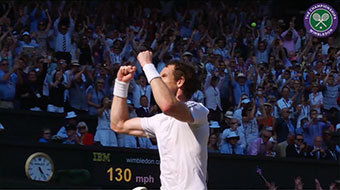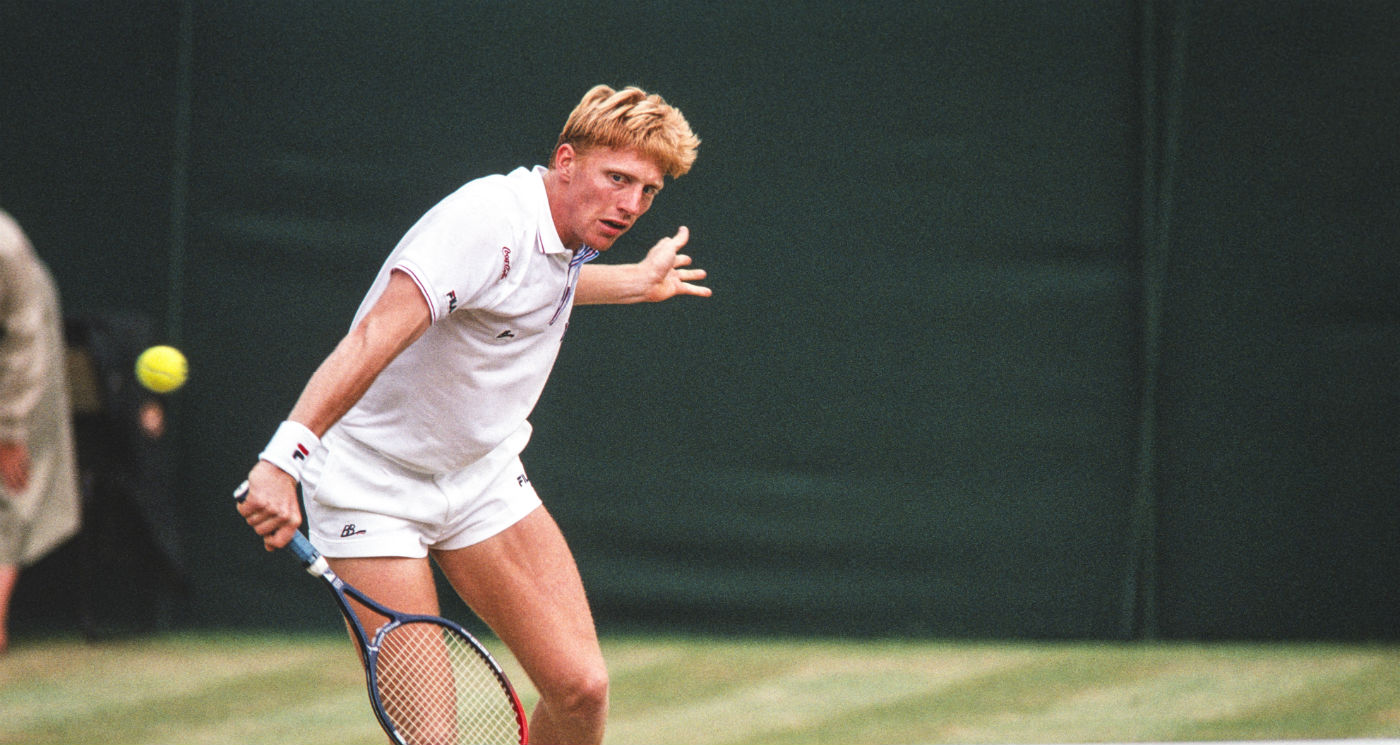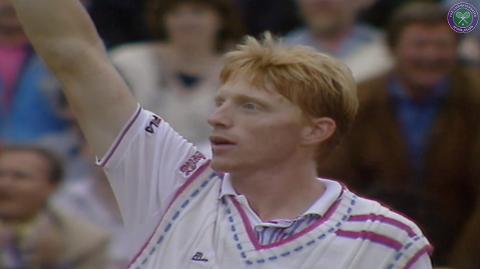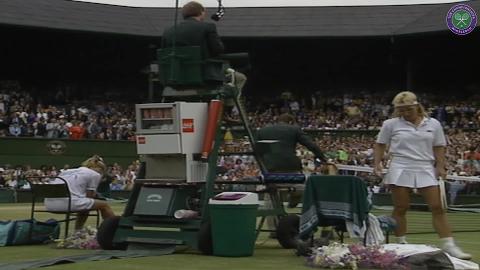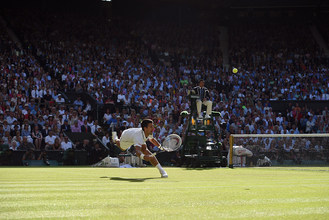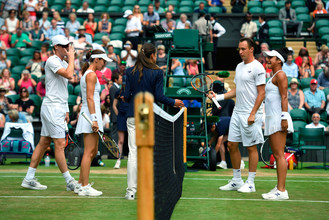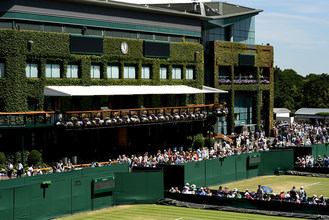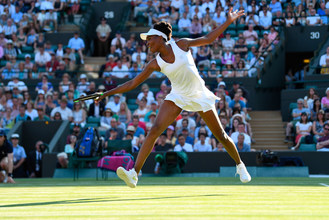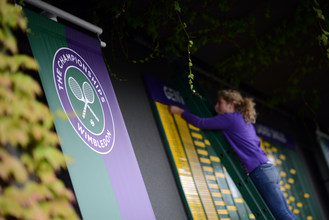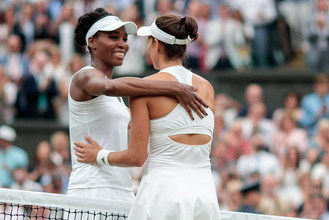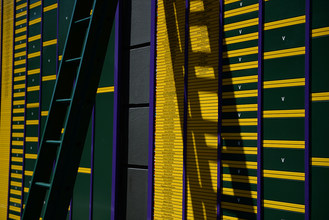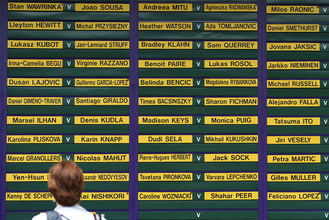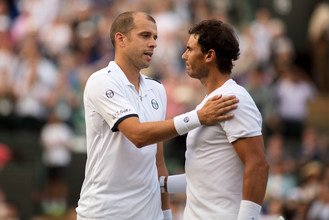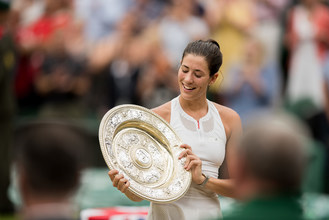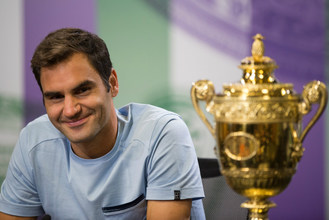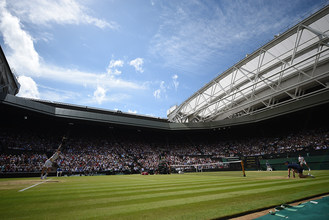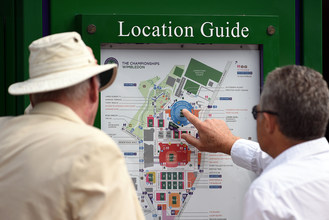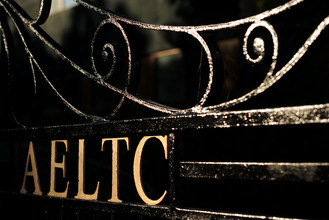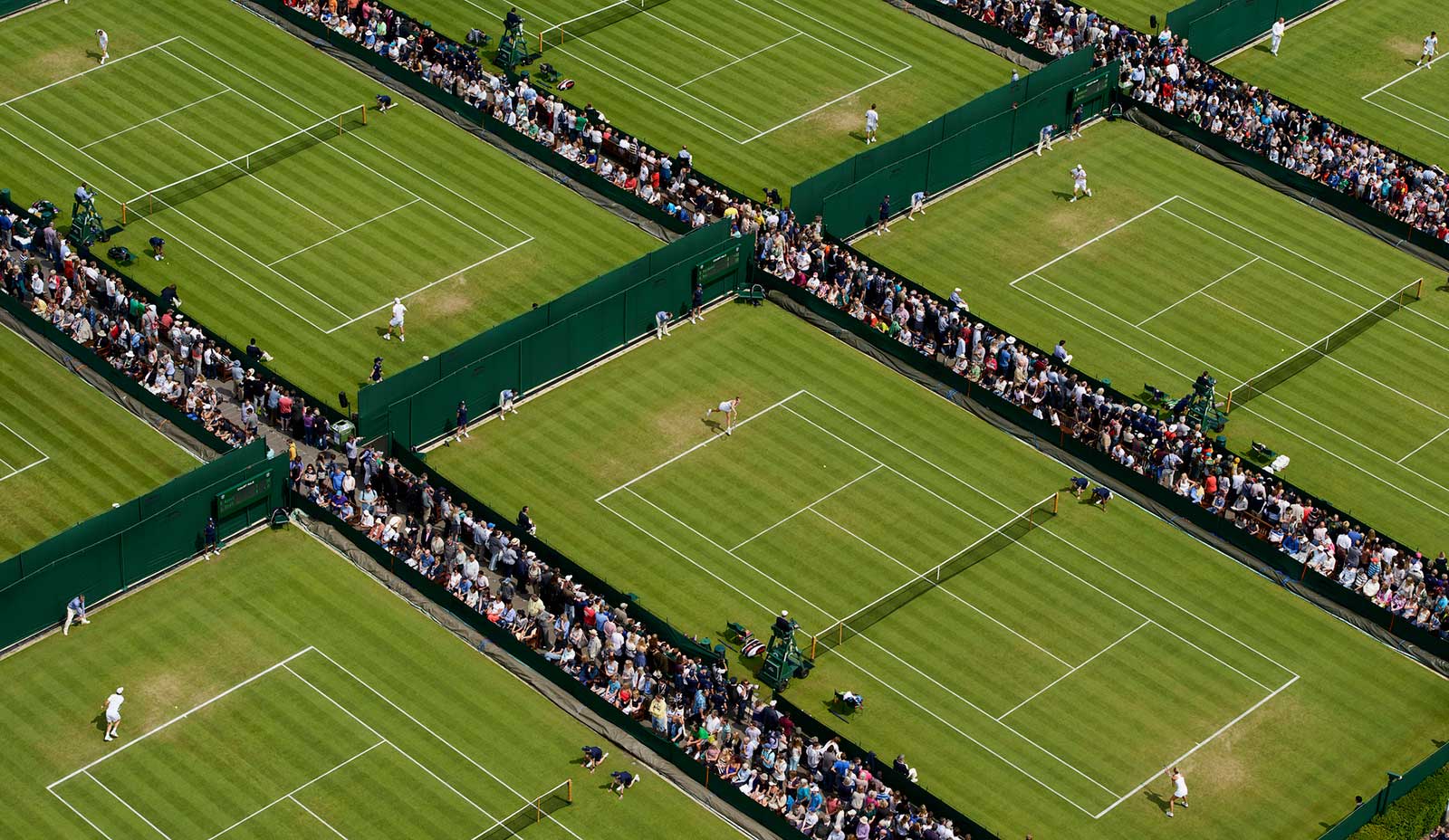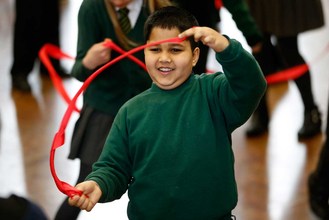The 1980s bowed out in spectacular fashion for Germany, and not just in a sporting sense.
As well as the momentous tumbling of the Berlin Wall, 1989 proved to be ‘The Year of the Germans’ at Wimbledon. Boris Becker, just 21 years old, captured his third Gentlemen’s Singles and Steffi Graf, 20, won her second straight Ladies’ Championship.
So the axis of post-war tennis domination, which for so long had belonged to the United States and then Australia, tilted towards Germany at the 103rd Championships, with both Becker and Graf - who grew up six miles apart - capturing their crowns in spectacular fashion.
What made it all the more of an achievement for the German nation was that the finals of both the gentlemen's and ladies' singles were held on the same day for the first time since 1973, and for only the third time in Wimbledon's history.
First, Becker. A Wimbledon champion for the first time at 17 in 1985, and again the following year, he and Stefan Edberg conjured a rivalry towards the end of the Eighties which threatened to match that of Bjorn Borg and John McEnroe almost 10 years earlier. Three times in succession they contested the Wimbledon final, with the Swede twice coming out on top, but 1989 marked Becker’s third, and final, Centre Court triumph.

Seeded No.3, Becker breezed through the first five rounds without dropping a set before coming up against a top-seeded Ivan Lendl, desperate to land the Wimbledon title and doomed once more to failure. It was a close affair, played out over five sets, in which Becker recovered from a two sets to one deficit to win.
Much the same was expected by Becker’s team in the final, especially since Edberg had come out on top a year earlier on Centre Court in four sets. This time, however, Becker proved irresistible. He astonished the pundits – and certainly his opponent – by sweeping to the opening set without dropping a game (the first time this had happened in a Gentlemen’s final since 1923), and though Edberg subsequently made a better show of it, a jubilant Boris thrust aloft the Championship trophy as a 6-0, 7-6(1), 6-4 winner.
Becker reflected on the adoration of his homeland being showered on these two young stars. “Germany wanted us to live for them, they were searching for another hero and heroine. Now they can say we are Germans - from the land of Boris Becker. That’s my achievement.”
Graf was always more assiduous about defending her privacy against the perceived intrusions of the German media, even though she became Wimbledon ladies’ champion seven times in the space of nine years. Her first appearance in a Centre Court final had come in 1987 as a straight-sets loser to Martina Navratilova. Then, in 1988, these protagonists in arguably the greatest women’s tennis rivalry met again and the result was the same.
A year on, and sure enough, it was Graf versus Navratilova in the final yet again. Graf’s procession to that final was a regal one. Monica Seles was swept aside at a cost of just one game, Spain’s Arantxa Sanchez Vicario (who had defeated Graf the previous month at the French Open final) was seen off in straight sets in the quarter-finals, and in the semi-finals the great Chris Evert collected a mere three games.
Tougher times were expected, and encountered, in the championship match but it was the athletic Graf who came out on top, 6-2, 6-7(1), 6-1. One British newspaper hailed the 1989 Championships as “A Teuton Double”.
